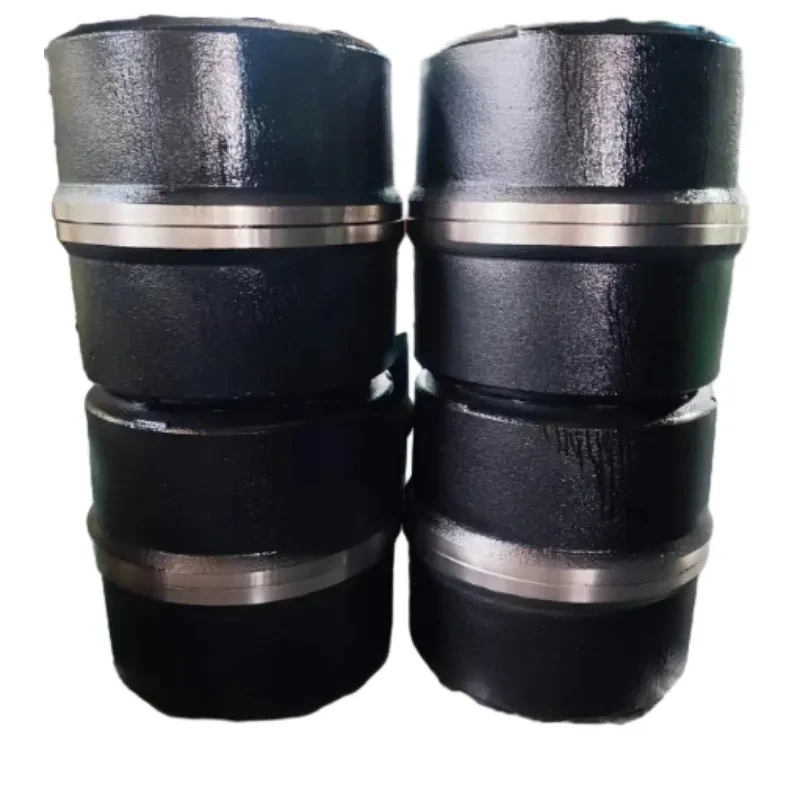
-
 Afrikaans
Afrikaans -
 Albanian
Albanian -
 Amharic
Amharic -
 Arabic
Arabic -
 Armenian
Armenian -
 Azerbaijani
Azerbaijani -
 Basque
Basque -
 Belarusian
Belarusian -
 Bengali
Bengali -
 Bosnian
Bosnian -
 Bulgarian
Bulgarian -
 Catalan
Catalan -
 Cebuano
Cebuano -
 Corsican
Corsican -
 Croatian
Croatian -
 Czech
Czech -
 Danish
Danish -
 Dutch
Dutch -
 English
English -
 Esperanto
Esperanto -
 Estonian
Estonian -
 Finnish
Finnish -
 French
French -
 Frisian
Frisian -
 Galician
Galician -
 Georgian
Georgian -
 German
German -
 Greek
Greek -
 Gujarati
Gujarati -
 Haitian Creole
Haitian Creole -
 hausa
hausa -
 hawaiian
hawaiian -
 Hebrew
Hebrew -
 Hindi
Hindi -
 Miao
Miao -
 Hungarian
Hungarian -
 Icelandic
Icelandic -
 igbo
igbo -
 Indonesian
Indonesian -
 irish
irish -
 Italian
Italian -
 Japanese
Japanese -
 Javanese
Javanese -
 Kannada
Kannada -
 kazakh
kazakh -
 Khmer
Khmer -
 Rwandese
Rwandese -
 Korean
Korean -
 Kurdish
Kurdish -
 Kyrgyz
Kyrgyz -
 Lao
Lao -
 Latin
Latin -
 Latvian
Latvian -
 Lithuanian
Lithuanian -
 Luxembourgish
Luxembourgish -
 Macedonian
Macedonian -
 Malgashi
Malgashi -
 Malay
Malay -
 Malayalam
Malayalam -
 Maltese
Maltese -
 Maori
Maori -
 Marathi
Marathi -
 Mongolian
Mongolian -
 Myanmar
Myanmar -
 Nepali
Nepali -
 Norwegian
Norwegian -
 Norwegian
Norwegian -
 Occitan
Occitan -
 Pashto
Pashto -
 Persian
Persian -
 Polish
Polish -
 Portuguese
Portuguese -
 Punjabi
Punjabi -
 Romanian
Romanian -
 Russian
Russian -
 Samoan
Samoan -
 Scottish Gaelic
Scottish Gaelic -
 Serbian
Serbian -
 Sesotho
Sesotho -
 Shona
Shona -
 Sindhi
Sindhi -
 Sinhala
Sinhala -
 Slovak
Slovak -
 Slovenian
Slovenian -
 Somali
Somali -
 Spanish
Spanish -
 Sundanese
Sundanese -
 Swahili
Swahili -
 Swedish
Swedish -
 Tagalog
Tagalog -
 Tajik
Tajik -
 Tamil
Tamil -
 Tatar
Tatar -
 Telugu
Telugu -
 Thai
Thai -
 Turkish
Turkish -
 Turkmen
Turkmen -
 Ukrainian
Ukrainian -
 Urdu
Urdu -
 Uighur
Uighur -
 Uzbek
Uzbek -
 Vietnamese
Vietnamese -
 Welsh
Welsh -
 Bantu
Bantu -
 Yiddish
Yiddish -
 Yoruba
Yoruba -
 Zulu
Zulu
how do drum brakes work on a car
How Do Drum Brakes Work on a Car?
Drum brakes are a critical component of many vehicles, providing reliable stopping power through a design that has been used for decades. Unlike disc brakes, which use a rotor and caliper structure, drum brakes operate using a different mechanism that involves a cylindrical drum and brake shoes.
How Do Drum Brakes Work on a Car?
One of the key advantages of drum brakes is their ability to generate a significant amount of friction, thanks to a larger surface area contact between the shoes and drum compared to disc brakes. This makes them effective for vehicles that do not require the higher performance of disc brakes, especially in smaller cars and older models. They are also less susceptible to water and dirt, which can decrease the performance of disc brakes.
how do drum brakes work on a car

Moreover, drum brakes tend to be lighter and cheaper to manufacture than disc brake systems. This can lead to cost savings for automotive manufacturers and consumers alike. However, there are some disadvantages to drum brakes. Heat dissipation is a critical concern, as the enclosed design can cause the brakes to overheat during prolonged use, leading to brake fade. This is where the braking performance diminishes due to excessive heat, which can be dangerous.
Regular maintenance is essential for drum brakes to ensure their longevity and effectiveness. This includes periodic inspections and adjustments, as well as replacing worn-out brake shoes and drums when necessary. Unlike disc brakes, which typically have a more straightforward replacement process, maintaining drum brakes requires a bit more attention to detail.
In conclusion, drum brakes are a conventional yet effective braking system that continues to be used in various vehicles today. Understanding how they work helps drivers appreciate their mechanics and the importance of regular maintenance, ensuring a safe driving experience. As automotive technology continues to evolve, drum brakes may be complemented or replaced by more advanced systems, but their principles remain foundational in braking technology.
-
What Are Drum BrakesNewsJul.07,2025
-
Understanding Brake Drum MaterialNewsJul.07,2025
-
Semi-Trailer Brake Drum: A Key Component for Extreme Loads and Long-Distance TransportNewsJul.07,2025
-
Drum Brake Pads for SaleNewsJul.07,2025
-
Brake Drums for SaleNewsJul.07,2025
-
Brake Drum ManufacturerNewsJul.07,2025
-
Aluminum Brake Drums: The Future of High-Performance CarsNewsJul.07,2025
